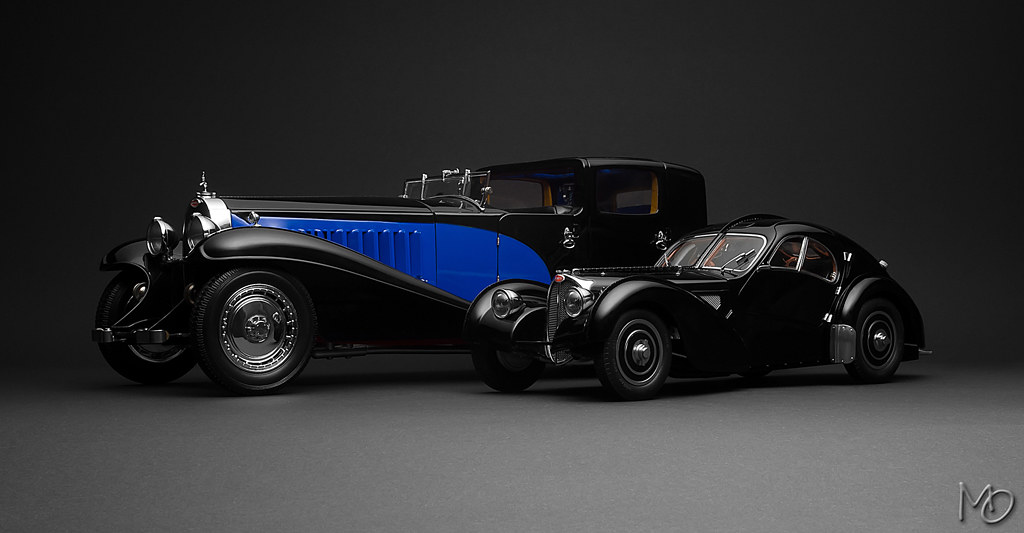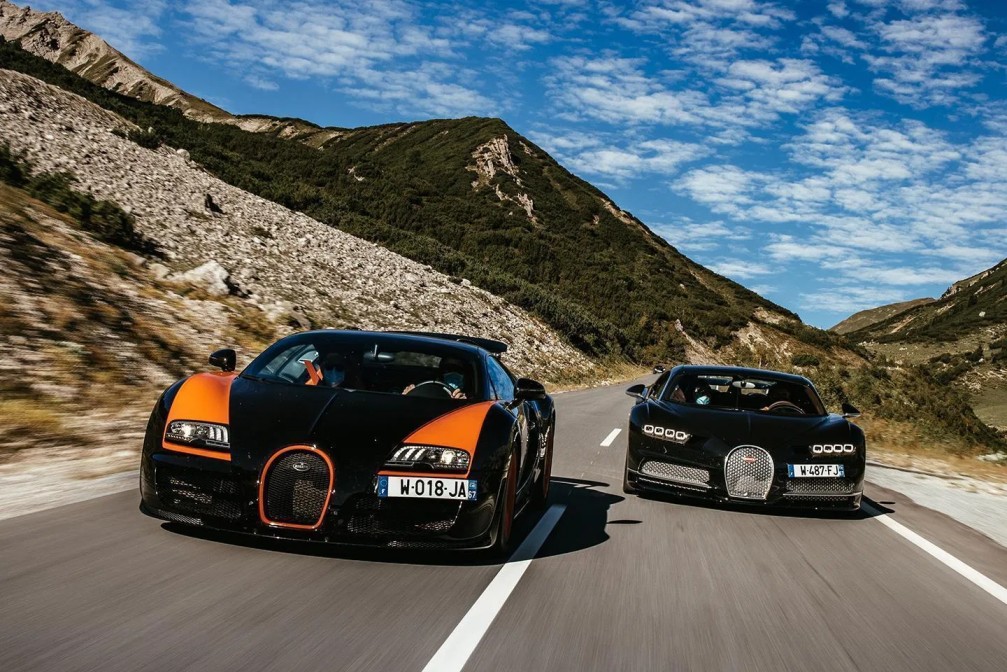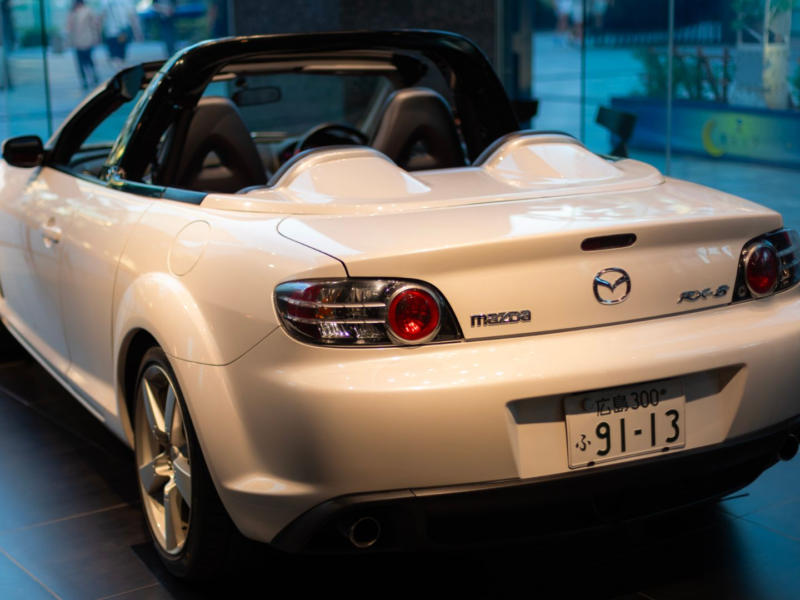Bugatti is owned by the Volkswagen Group. In 2021, Volkswagen entered into a joint venture with Rimac Automobili, leading to the formation of Bugatti Rimac d.o.o. Rimac Group holds a 55% stake in this joint venture, while Porsche AG, a subsidiary of the Volkswagen Group, holds the remaining 45%.
Bugatti, a name synonymous with luxury, speed, and engineering excellence, has a storied history that dates back to its founding in 1909 by Ettore Bugatti. Known for producing some of the most exclusive and fastest cars in the world, the Bugatti brand has undergone various transformations, navigating through periods of remarkable achievements and challenging times. Today, Bugatti stands as a pinnacle of automotive excellence, thanks to the stewardship of its current owner, the Volkswagen Group.

The Early Years and Foundation
The foundation of Bugatti in the early 20th century marked the beginning of a new era in automotive design and engineering. Founded in 1909 by Ettore Bugatti, an Italian-born French designer, the company established itself in Molsheim, then a part of Germany, now France. Ettore’s vision was to create vehicles that were a blend of artistry, craftsmanship, and cutting-edge technology, and this vision was reflected in every Bugatti automobile.
From the outset, Bugatti cars were distinguished by their elegance, speed, and technical superiority. Ettore Bugatti’s innovative approach to engineering led to the development of high-performance engines and chassis, which were encapsulated in strikingly beautiful body designs. This combination of form and function was unprecedented at the time and set Bugatti apart from its competitors.
Bugatti’s reputation for excellence was cemented through its success in motor racing. The Type 35 Grand Prix cars, introduced in the mid-1920s, became legendary for their dominance in racing, winning over 1,000 races and becoming one of the most successful racing cars in history. This success on the racetrack helped to bolster Bugatti’s image as a manufacturer of fast, reliable, and beautiful cars.
Beyond racing, Bugatti also produced luxurious road cars, such as the Type 41 “Royale,” which was one of the largest and most luxurious cars ever made. Only a few were produced, making it one of the rarest and most collectible cars in the world.
The early years of Bugatti were characterized by innovation, success, and the creation of automobiles that were works of art. Ettore Bugatti’s passion for both engineering and aesthetics established a legacy that would define the brand for generations, making Bugatti synonymous with the pinnacle of automotive design and performance.

The Volkswagen Era
In 1998, the Volkswagen Group, one of the world’s largest automobile manufacturers, acquired Bugatti, marking a new chapter in the brand’s history. Under Volkswagen’s ownership, Bugatti has developed some of the most technologically advanced and fastest supercars ever made. The introduction of the Bugatti Veyron in 2005, capable of speeds exceeding 250 mph, redefined what was possible in automotive engineering. It was succeeded by the Bugatti Chiron in 2016, further pushing the boundaries of speed, luxury, and craftsmanship.

The Merger with Rimac
In a significant development in 2021, Bugatti entered into a joint venture with Rimac Automobili, a Croatian electric supercar manufacturer known for its cutting-edge technology and electric powertrains. This merger led to the formation of Bugatti Rimac d.o.o., with Rimac Group holding a majority stake of 55% and Porsche AG (a subsidiary of the Volkswagen Group) holding the remaining 45%. This strategic partnership aims to propel Bugatti into the future of electrification, combining Rimac’s electric drivetrain expertise with Bugatti’s legacy of producing high-performance luxury cars.

Bugatti’s Impact on the Automotive World
Bugatti’s impact on the automotive world extends far beyond its iconic status as a manufacturer of some of the fastest and most luxurious cars. The brand has consistently set benchmarks for performance, engineering excellence, and design innovation. Bugatti’s vehicles, characterized by their astounding speed, technical innovations, and exquisite craftsmanship, have pushed the boundaries of what is possible in automotive design and performance.
One of the most significant contributions of Bugatti to the automotive industry is its emphasis on combining high performance with luxury. The Veyron and Chiron, in particular, are not just feats of engineering capable of reaching unparalleled speeds; they also offer unmatched levels of comfort and luxury, redefining the supercar segment.
Moreover, Bugatti has been at the forefront of exploring new materials and technologies. The use of carbon fiber structures, advanced aerodynamics, and powerful engine configurations in Bugatti cars has influenced the development of sports and luxury vehicles across the industry.
Through its relentless pursuit of perfection, Bugatti has inspired a culture of innovation that permeates the automotive world. The brand’s legacy is evident in the way car manufacturers approach the design and engineering of high-performance vehicles, striving for a balance between speed, beauty, and luxury that Bugatti has mastered.
The Future of Bugatti
With the backing of the Volkswagen Group and the strategic partnership with Rimac, Bugatti is well-positioned to navigate the future of the automotive industry, particularly in the realm of electric mobility. The brand’s commitment to innovation, excellence, and sustainability signals a new era for Bugatti, promising to uphold its legacy while embracing new technologies and challenges.
Bugatti’s journey from its foundation by Ettore Bugatti to its current status under the stewardship of the Volkswagen Group and its merger with Rimac Automobili is a testament to the enduring allure and prestige of the brand. As Bugatti continues to evolve, it remains a symbol of automotive excellence, pushing the boundaries of speed, luxury, and innovation. The future of Bugatti, fueled by a blend of tradition and cutting-edge technology, looks as promising and exciting as its illustrious past.


